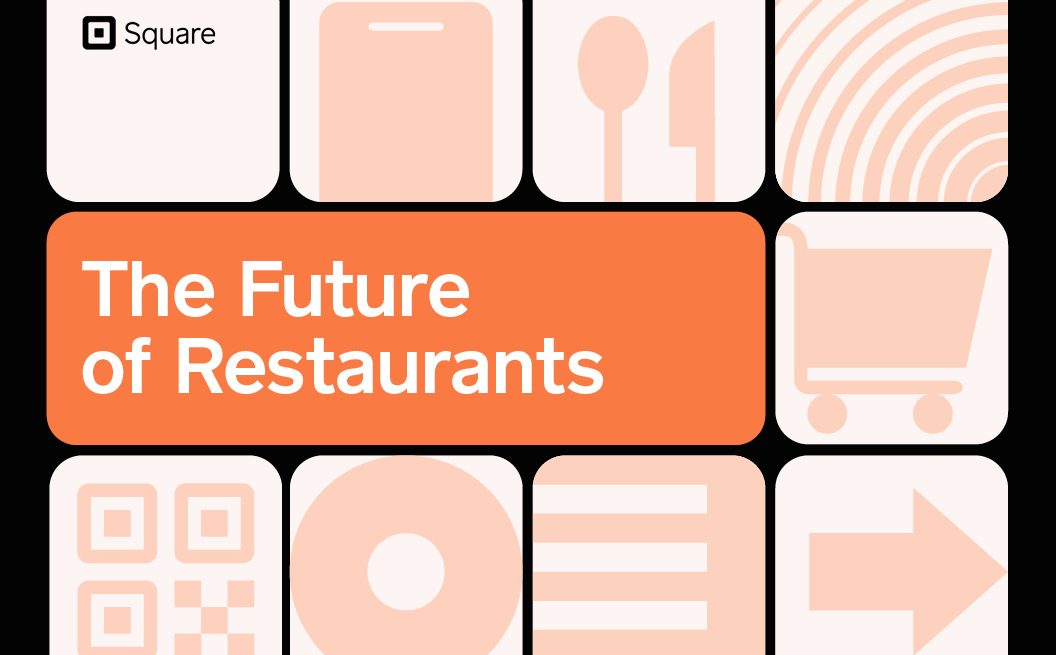Restaurants Turning to Automation
3 Min Read
More than 90 percent of restaurants have made, or plan to make, investments in kitchen automation technology, according to a report from Square that looks at the future of restaurants and retail.
“We’re seeing restaurants shift to a model that places more emphasis on the kitchen as the central hub of the operation,” said Bruce Bell, head of Square for Restaurants. “Restaurants are embracing new channels for customers to interact with their business, effectively meeting them wherever they are. Each of these channels represents a revenue stream for the restaurant and they connect to the same kitchen and are all managed by the same centralized POS system.”
Square found that restaurants are fundamentally reimagining the way they do business to keep their operation running smoothly, improve their bottom line, and continue serving their customers.
Among the other insights:
- Restaurants expect 62 percent of their revenue to come from takeout or delivery in 2021.
- 58 percent of restaurants prefer to use their own app or website for delivery.
- Nearly half of restaurant owners or managers plan to continue offering digital menu access using URL or QR codes in 2021
- 3 in 4 restaurants plan on offering contactless ordering and payment options across all channels, with 61 percent utilizing contactless payments on-premise
- 42 percent of restaurants plan to invest in customer loyalty programs
Restaurants that are using online ordering for delivery and takeout expect - 62 percent of revenue to come through those online channels
- 67 percent of consumers prefer to use a restaurant’s own website or app for food delivery
- 92 percent of restaurant owners and managers are open to experimenting with their menu
Square collaborated with Wakefield Research to survey restaurateurs, retailers, and consumers across the U.S. Additionally, Square spoke to businesses and industry experts to share how retailers and restaurateurs are facing challenges, embracing innovative solutions, and forging new paths forward in 2021. In total, they spoke with more than 500 restaurant owners and managers and 1,000 consumers across the states.
For example, chef Anthony Strong closed his popular San Francisco restaurant Prairie last August in the wake of COVID-19, he didn’t give up. He emerged a couple months later with a new concept: He transformed his 1989 Volkswagen van into a mobile dining room, traveling the city to serve up a four-course “glamping” dining experience. While shuttering Prairie was devastating, Strong did what entrepreneurs have done time and again – got back to work and innovated in the face of adversity.
“We’re seeing that the defined, straight vertical lines of your retail business versus your restaurant versus your services business are all blurring,” said David Rusenko, Head of eCommerce at Square. “I think this blending of verticals is a really big trend that we’re starting to see, and it’s going to turn a lot of businesses into ‘multi-hyphenates.’ A restaurant-bar-store, for example, might be a place that sells mixology classes, retail gear, and tastings in addition to serving patrons food and drinks.”
On the retail front, Square saw retailers increasingly turning to online and social selling to continue serving their customers. According to the report:
- 88 percent of retailers are now selling online
- For retailers with one location that sells online, 66 percent of their revenue comes from online sales
- 84 percent of retailers who sell online either already sell on social media or plan to this year
- Among retailers selling on social media, 40 percent of their online revenue comes from social selling
- Online shoppers bought an average of eight products from social media sites directly in the past month, at the time of this survey
- 74 percent of retailers plan on using real-time inventory technology this year
- 72 percent of consumers prefer delivery over pickup, but only 37 percent of retailers plan to offer same-day delivery.

